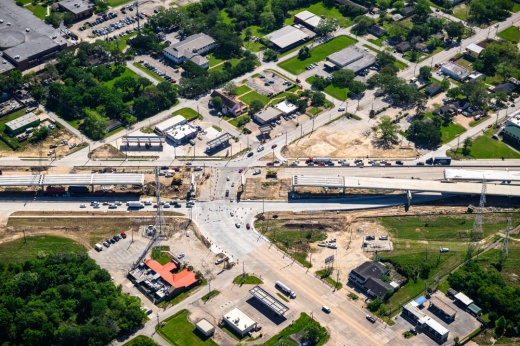The highway has been undergoing widening from Seabrook to Kemah since 2019 as part of the Texas Department of Transportation’s $201 million expansion project, which as of May is expected to finish by late 2023, Community Impact reported.
The Texas Legislature mandated in 2009 that TxDOT create a ranked list of Texas roadways to identify the biggest sites of congestion, according to the TTI's report. The 2022 list is based upon traffic data from 2021.
Thirty-three out of 100 of the most congested Texas roadways are located within the Greater Houston area, which is one fewer than the 2021 list.
"Traffic congestion isn’t just a big-city problem, and that problem is almost sure to get worse as our population surges by almost 20 million in the next 25 years,” TTI Senior Research Scientist David Schrank said in TTI’s Nov. 28 news release. “With that kind of growth, Texas needs to use every possible means to keep people and goods moving. We need to add capacity, operate the system efficiently, and give people options for how to travel.”
The report found the cost of congestion on the TTI's ranked portion of Hwy. 146 was $19.36 million, which is calculated by combining the value of extra travel time known as delay and the extra fuel consumed by vehicles traveling at slower speeds.
The total amount of extra hours spent on the road segment annually comes out to 790,640 hours with a daily volume of 33,688 vehicles, according to the 2022 TTI list. Average vehicle speeds can get as low as 14 miles per hour on the southbound side of Hwy. 146 during rush hour.
Prior to ranking 51st on the 2021 and 2022 lists, the portion of Hwy. 146 ranked 100 on the top 100 list. TxDOT Public Information Officer Danny Perez said the higher ranking could be due to the ongoing Hwy. 146 project.
"We estimate that a majority of the congestion is due to construction, in addition to population growth in the area," Perez said. "We have shifted traffic onto the frontage roads and have condensed the travel capacity to about a third. However, once the project is completed, it will significantly improve traffic flow in the area."





